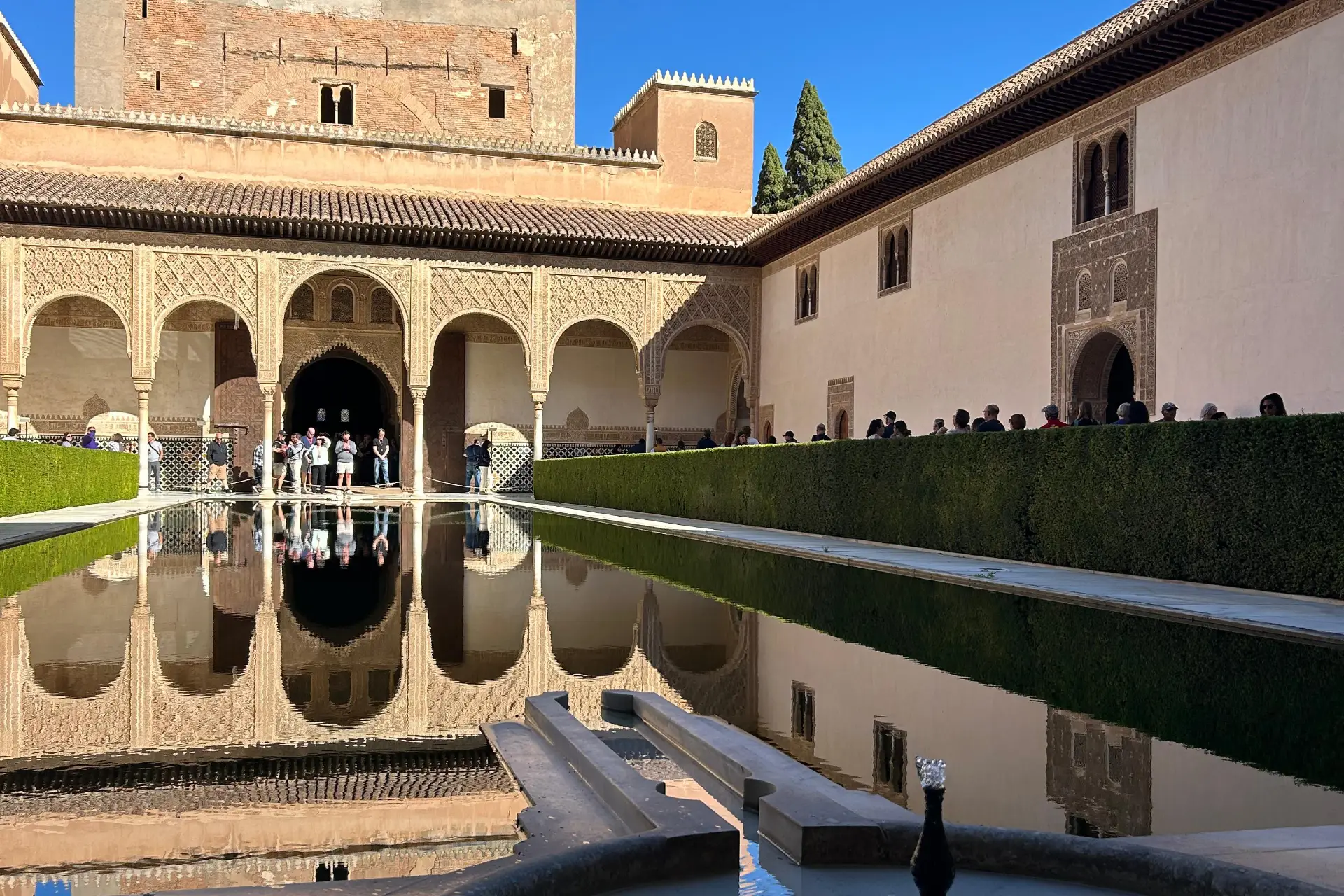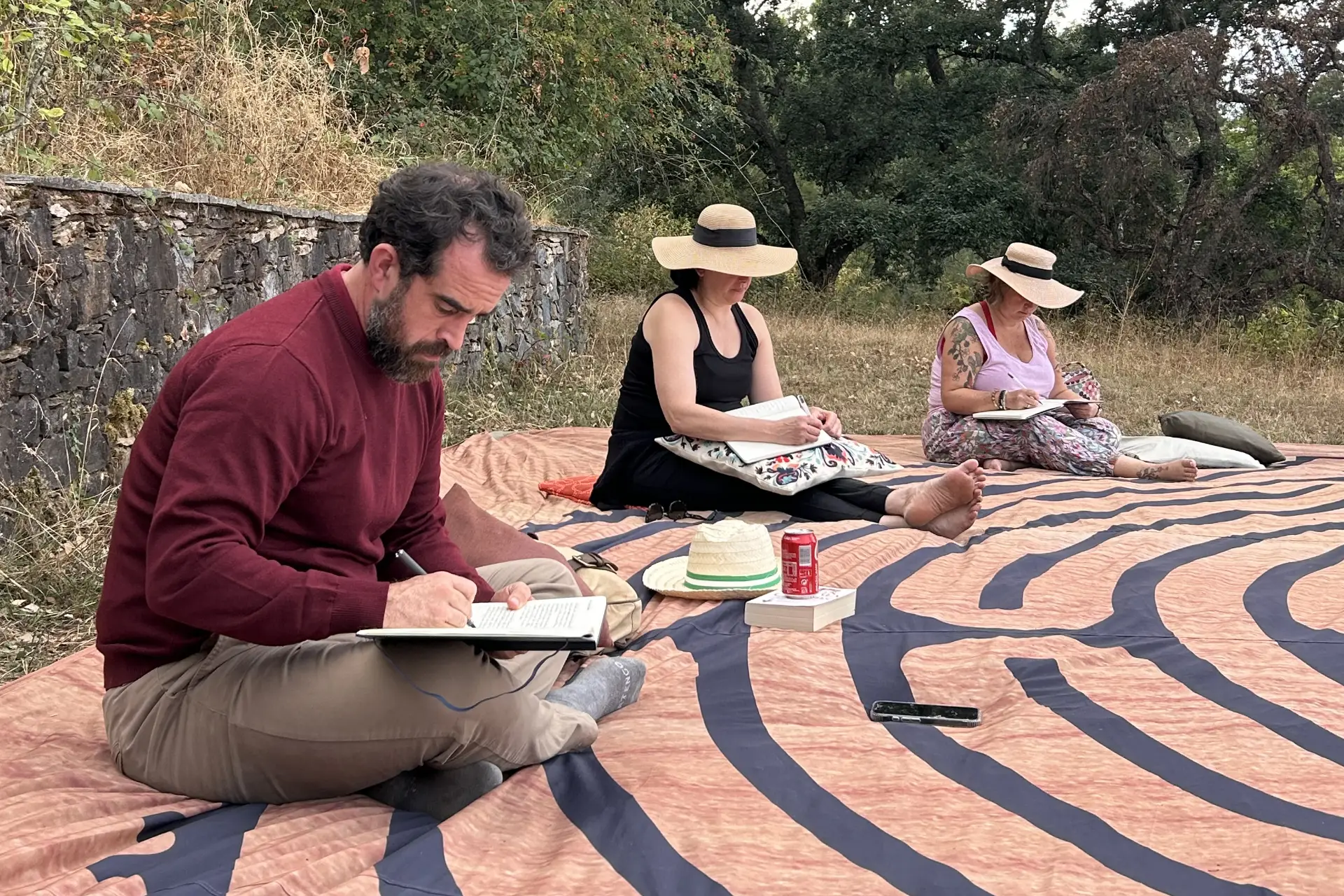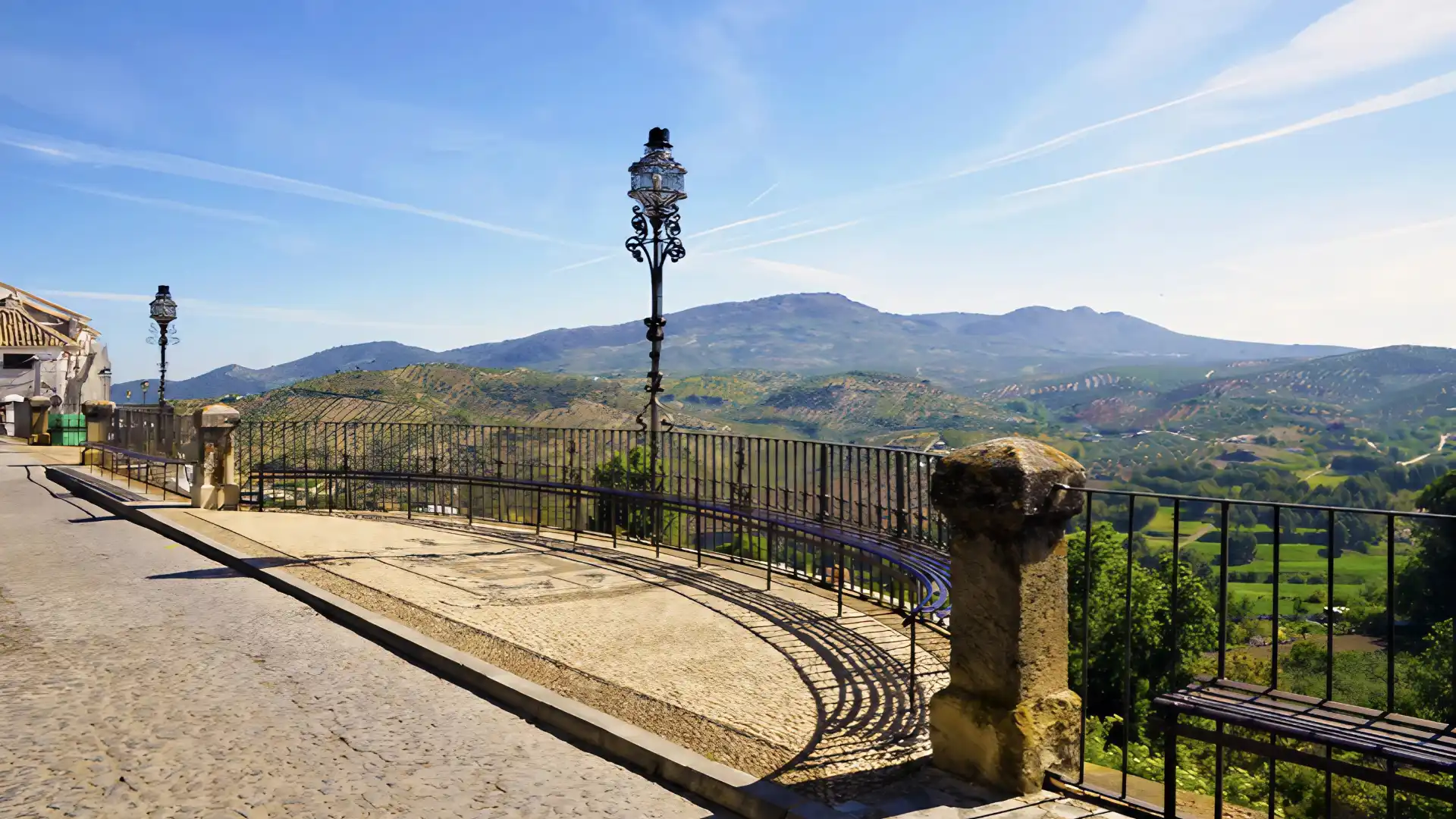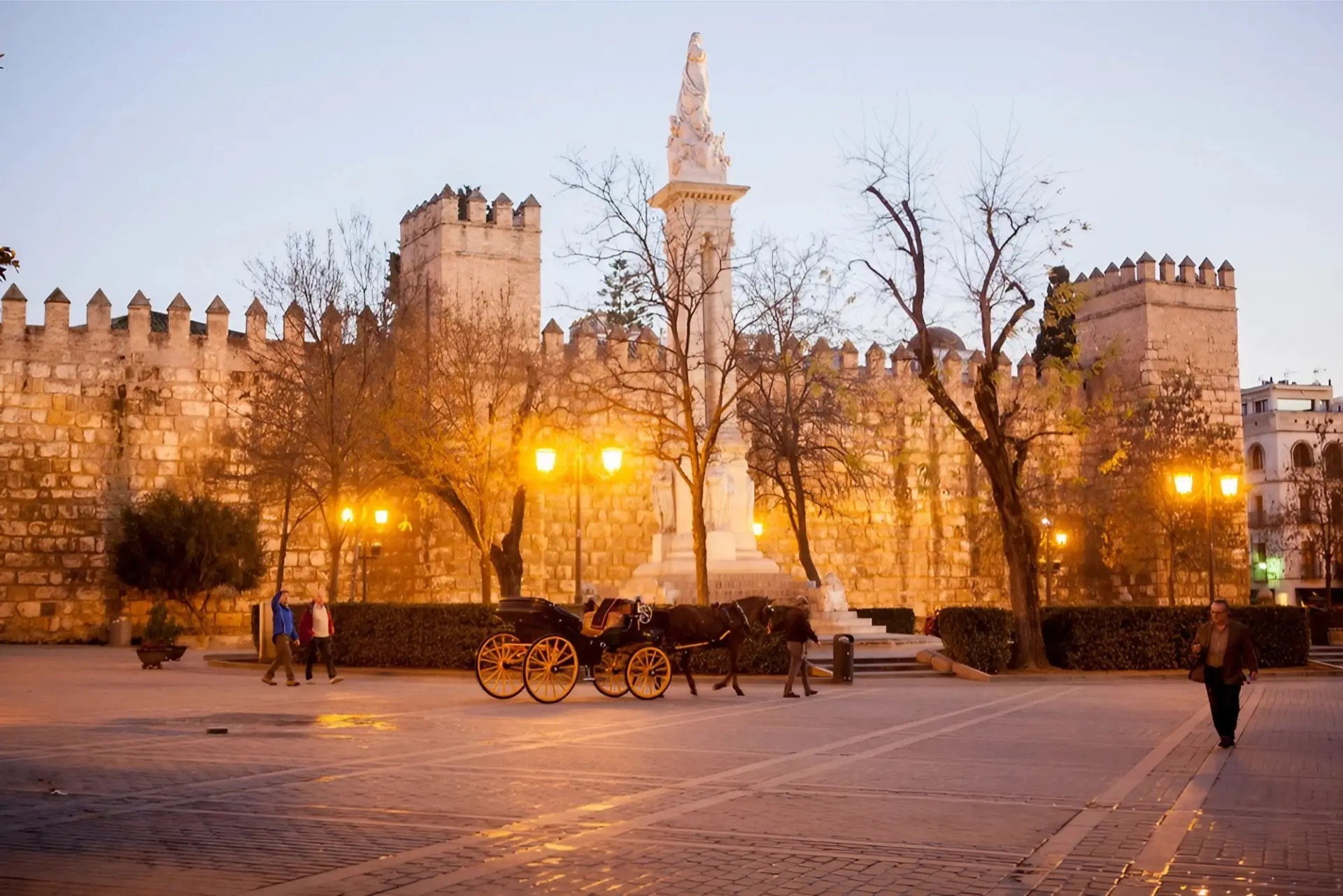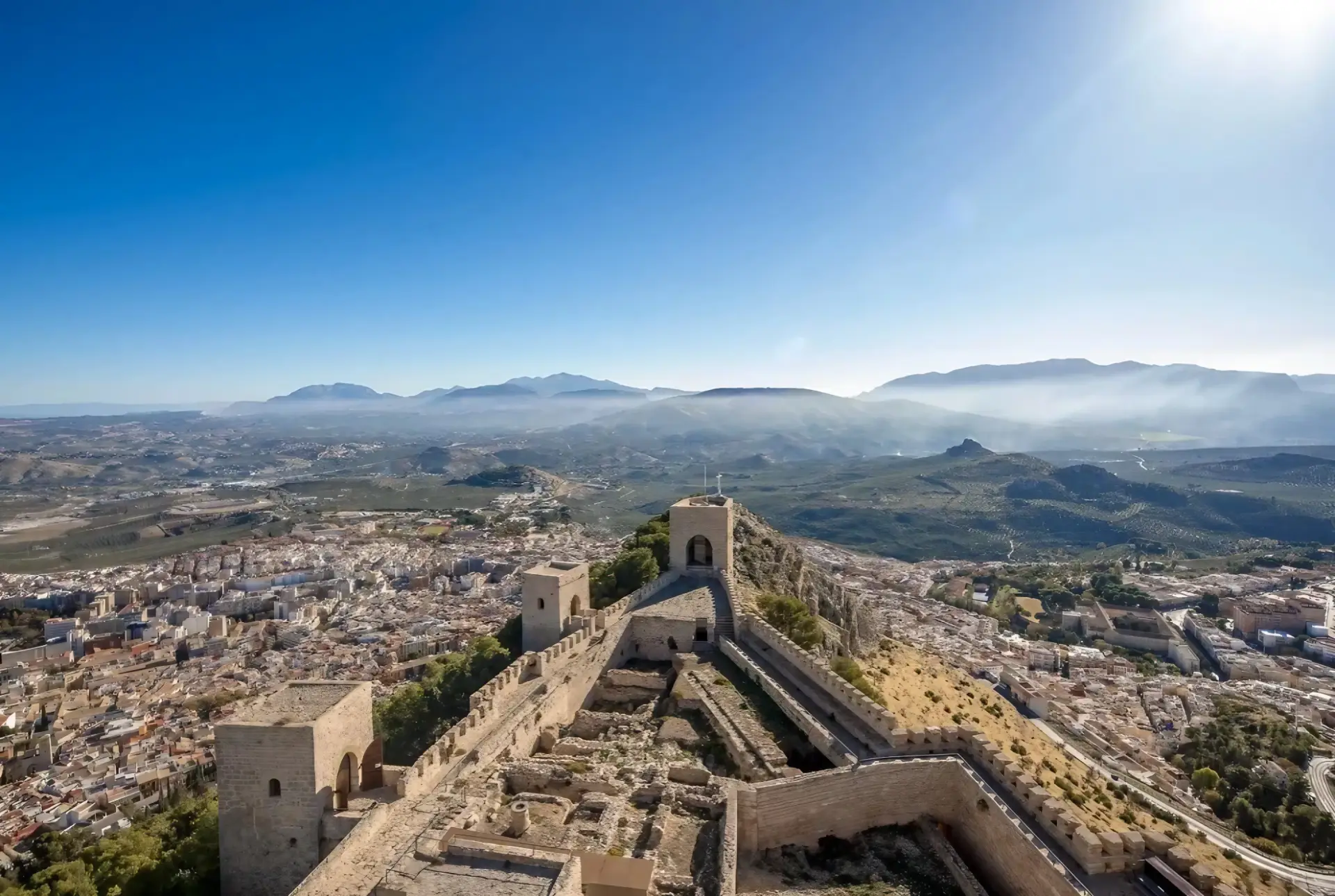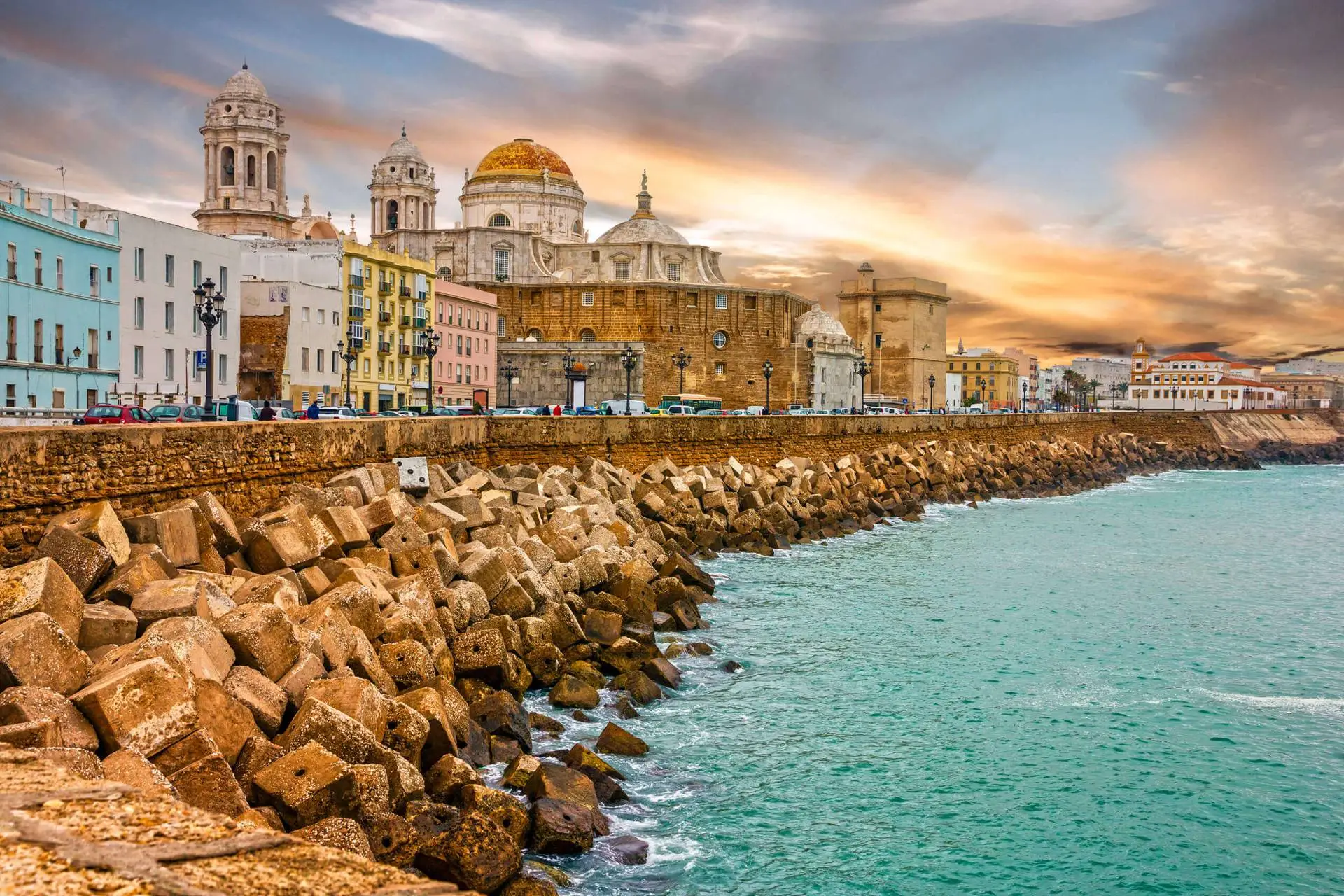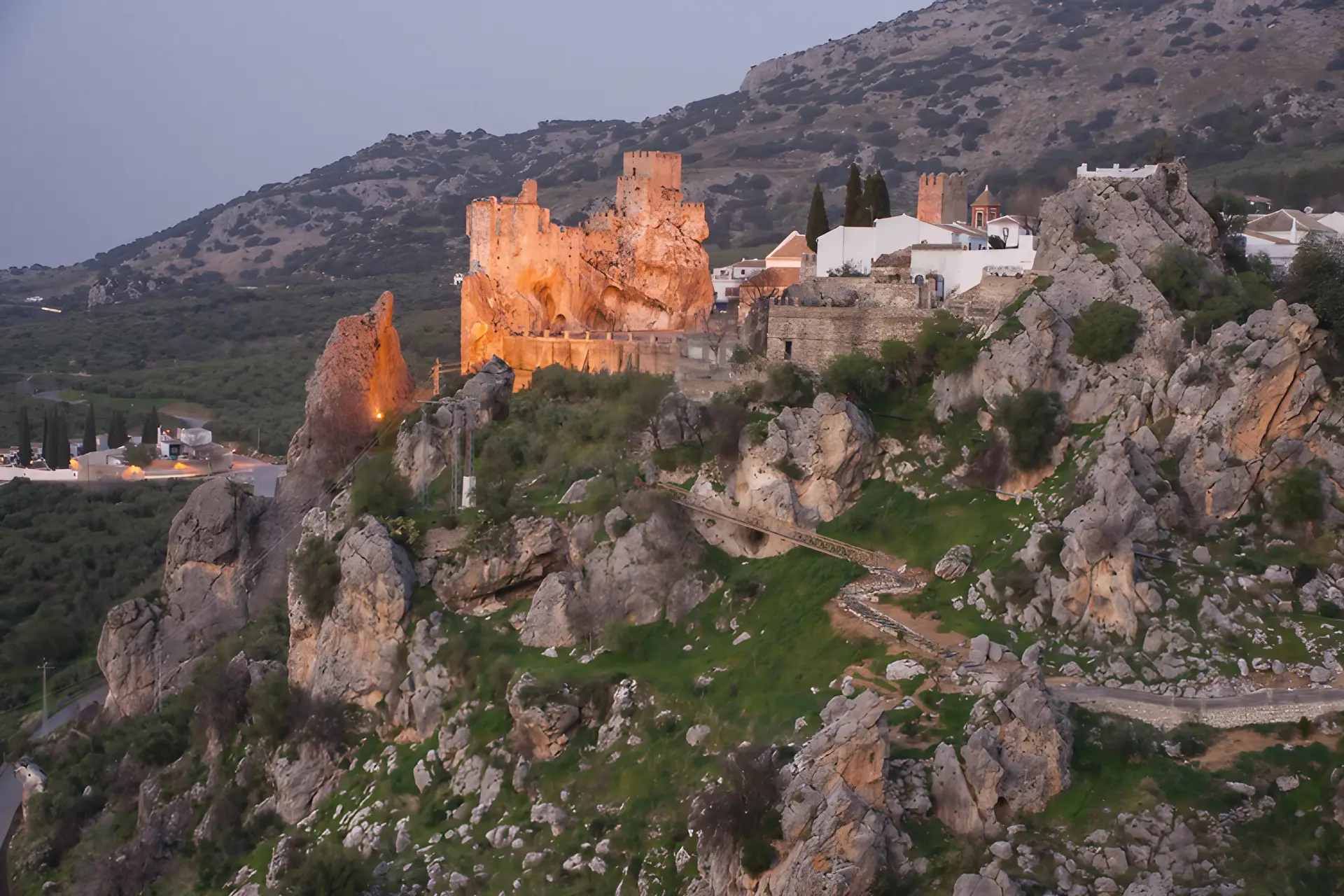Muslim architecture in Andalucia is a breathtaking reminder of the rich history of Al-Andalus, the Muslim-ruled territory in the Iberian Peninsula. The Moors, who ruled for nearly 800 years, left a beautiful mark on the region’s art and architecture.

One of the defining features of Moorish architecture is its intricate detailing and exquisite ornamentation. From Arabic calligraphy to geometric patterns, these designs are steeped in symbolism and spirituality.
The Moors forbade the depiction of living creatures in their art, focusing instead on floral motifs, interlacing arches, and elaborate tilework. Examples of this craftsmanship can be seen in Andalucia’s most iconic sites, including the Alhambra in Granada, the Mezquita-Catedral in Córdoba, and the Giralda in Seville.
If you’re eager to explore these architectural wonders up close, join TOMA & COE’s exclusive “Al-Andalus: A Tour of Moorish Spain”. Led by author and historian Jason Webster, this multi-day journey dives into the fascinating legacy of the Moors, visiting Andalucia’s most celebrated landmarks.
Monumental Muslim architecture in Andalucia

The Alhambra, a UNESCO World Heritage Site, epitomises Moorish architecture with its stunning use of water, light, and space. The Nasrid Palaces within the Alhambra complex showcase delicate stucco work, muqarnas (stalactite-like ceiling decorations), and intricate tile mosaics that reflect the grandeur of the Islamic Golden Age. Similarly, the Generalife gardens highlight the Moorish emphasis on creating earthly paradises, blending nature with architectural design.
In Córdoba, the Mezquita-Catedral stands as a testament to the evolution of Moorish architecture. Originally built as a mosque in the 8th century, its iconic horseshoe arches, red-and-white striped voussoirs, and ornate mihrab (prayer niche) demonstrate the sophistication of Islamic design. Later converted into a cathedral, the structure uniquely intertwines Muslim and Christian influences.
Seville’s Giralda, initially a minaret for the city’s mosque, is another masterpiece of Moorish design. Its brickwork patterns, arched windows, and decorative cresting are striking examples of the Almohad architectural style. Today, the Giralda serves as the bell tower for Seville Cathedral.
Mudéjar style of architecture
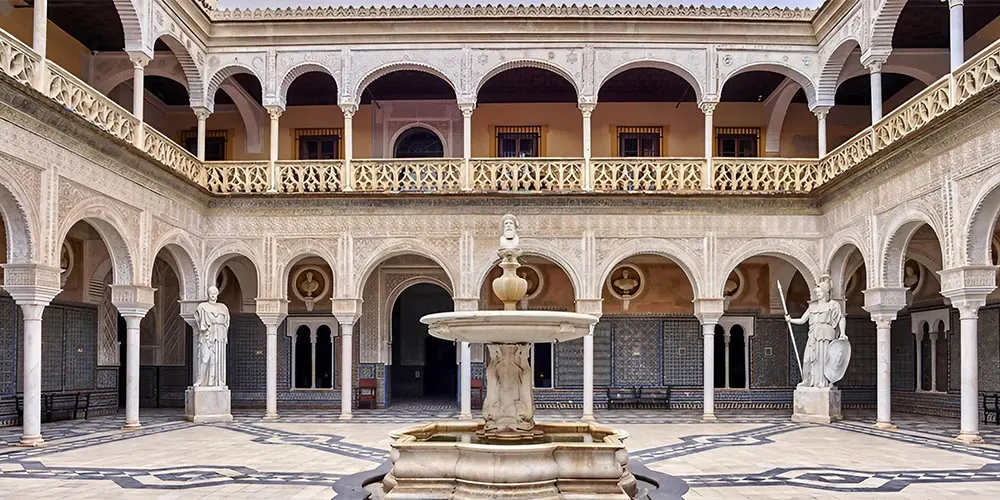
The legacy of the Moors also extends to Mudéjar architecture, which emerged after the Christian Reconquista. This style combines Islamic and Christian elements, as seen in the Alcázar of Seville, Torre del Oro and Casa de Pilatos. With its intricate tilework, coffered ceilings, and geometric carvings, Mudéjar architecture highlights the enduring influence of Moorish artistry in post-Islamic Spain.
Andalucia’s Islamic architectural heritage is a window into the past.
Join us on our extraordinary tours of Islamic Andalucia to uncover the timeless beauty and history of Al-Andalus.
For more details, visit the TOMA & COE website and start planning your journey back to Al-Andalus today.

